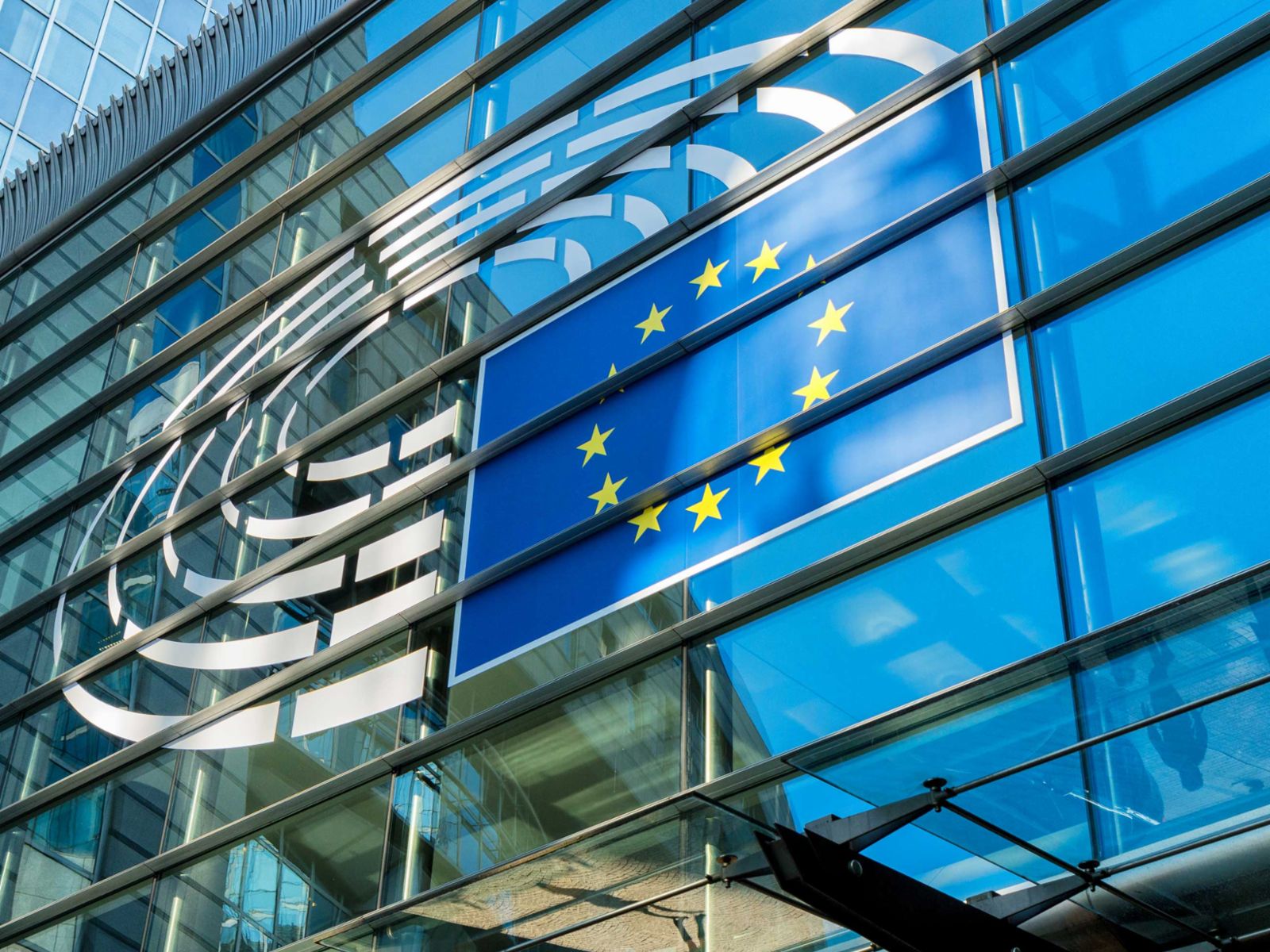From 2021, financial market participants will have to disclose the sustainability of their product portfolios. The EU now wants to review whether its disclosure regulation has worked in practice - and amend it if necessary. This could have an impact on the real estate sector.
The idea was a good one: sustainability can only be achieved if money flows into sustainable projects and activities - this is the idea behind the EU Disclosure Regulation, which came into force in March 2021. Since then, companies in the financial sector have been able to disclose how sustainable their investments - and therefore their portfolios - are in accordance with Article 8 or Article 9.
But is the idea working in practice? A good three years after the regulation came into force, a commission set up by the EU has been asked to find out. Practitioners from the financial sector are discussing whether the existing rules should be maintained, amended or scrapped.
Jan von Mallinckrodt, head of sustainability at Union Investment Real Estate, sees this as an opportunity: "We can try to harmonise the requirements for real estate-specific issues and focus more on the transformation of buildings. This will provide more clarity for investors and companies and open up opportunities for the property sector to achieve the decarbonisation that is urgently needed."

"We can try to harmonise the requirements for real estate-specific issues and focus more on the transformation of buildings." Jan von Mallinckrodt Head of Sustainability, Union Investment Real Estate

The current situation: a complex regulatory landscape
A look at the current situation shows where there is a need to catch up. First, let's distinguish between Article 8 and Article 9. In discussions and reports, Article 8 is often referred to as "light green" - and Article 9 as the more demanding "dark green". But this misses the point, says Jan von Mallinckrodt. " In Article 8, companies document how they deal with ESG issues - in other words, what they do. Article 9 is about the targets companies have set themselves, for example to reduce CO2 emissions. But in both cases, disclosure is not proof that the entire product is already sustainable. It simply says which rules I have to follow when reporting and advertising my product".
A complex system. This leads to uncertainty among investors, says Jan von Mallinckrodt: "How is an investor supposed to know what the classification ultimately means?
In addition, the criteria of the EU taxonomy differ depending on the environmental objective to be achieved. These environmental objectives are set out in Annexes 1 and 2. Annex 1 requires companies to take action to prevent climate change. Annex 2, on the other hand, only requires companies to take measures to mitigate the effects of climate change, for example in the area of flood protection. As a result, the metrics are not comparable and provide only limited transparency.
Another disadvantage is that all the rules in the disclosure regulation reward fund providers for existing sustainability, but not for the efforts they make to create sustainability. This is also reflected in the EU taxonomy - fund providers can only apply chapter 7.1 "New construction" and 7.7 "Acquisition and ownership of buildings". Chapter 7.2 "Renovation of existing buildings" is reserved for the construction industry and cannot be used by fund providers.
For the real estate sector in particular, this leads to distorted results, says Jan von Mallinckrodt: "Ultimately, we can only achieve the desired goals for new buildings by adopting the required criteria and controlling the project developer accordingly. But that means sealing land, consuming resources and producing emissions. "But that's not dark green," says the sustainability expert. "Transforming an existing building into an efficient one is much more sustainable. But this transformation not only takes time, it also requires investment that has to pay off for the investor. A step-by-step approach via the renovation chapter 7.2 would be more sensible and feasible".
Clarify rules or create new categories?
So what should happen? Should the expert consultations be used to completely rewrite the Disclosure Regulation? One idea put forward by the Commission is to introduce new product categories to replace Articles 8 and 9.
Category A would reward companies that promote or develop environmentally friendly technologies. Category B would measure the sustainability of companies against a benchmark. Category C would reward companies that exclude certain types of investment. Finally, category D would reward transformations.
The French financial regulator, the AMF, has published a position paper on this idea, which envisages four product categories: "environmental solutions", "social solutions", "climate transition" and "non-financial filters". The categorisation should be based on objectively measurable minimum requirements that leave no room for interpretation. These categories and criteria are also not geared to real estate and would need to be reviewed and adapted accordingly.
The German government's Sustainable Finance Advisory Board, on the other hand, wants to categorise products into ESG classes from A to E, with A representing a high proportion of sustainable investments and E a product with no ESG characteristics. The scale is intended to help assess the ESG characteristics of financial products - and in particular to facilitate the complex survey of investors' sustainability preferences required by the EU's Markets in Financial Instruments Directive (MiFID).
The real estate sector could lose sight
Von Mallinckrodt is sceptical about these categories with regard to the real estate sector: "We are concerned that the requirements of the categories do not really fit the real estate sector, but that a system that has been in place for three years is being fundamentally changed." Even when the Disclosure Regulation was introduced, it took a great amount of effort to ensure that real estate was properly taken into account.
For him, the most important points are:
→ Conversions must be rewarded, because converting existing buildings into sustainable buildings is much more climate-friendly in every respect than building new ones.
→ One annex instead of two. Financial market participants should do two things at once: do everything they can to stop climate change, and take precautions to protect assets from its effects.
→ Environmental aspects must always be at the heart of the assessment. While the social aspects that make up the "S" in ESG are important and should be taken into account, they do not in themselves contribute to reducing the CO2 emissions of real estate.
→ Clearly formulated and property-specific regulations that set minimum requirements.
Von Mallinckrodt is confident: "I think the EU has realised that it is not about writing a lot of new things into the regulation, but about being able to apply what already exists and make adjustments where necessary."

"We have created the right framework with the existing system, now we need to remove the uncertainties." Jan von Mallinckrodt Head of Sustainability, Union Investment Real Estate
